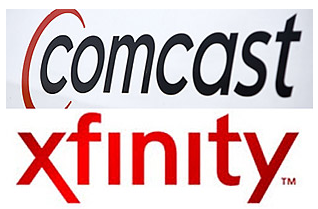This is not an elegy. Despite the current firestorm, Goldman is not going anywhere. It’s big, it’s smart, it’s unbelievably rich, and even if it has done bad things, mere Senate hearings and Schadenfreude will not drag it under.
And yet, and yet.
Goldman was always a special firm. Not the only special firm, but one of a handful that had a tradition in particularly rarified air. Was it always a “white shoe” firm? Maybe. Or not. That echelon included Morgan Stanley, First Boston, Dillon Read, Lazard, and others. Goldman had a heritage that was founded in trading, not investment banking. I’m told that at Kidder, Peabody, (years before I joined), proprietary trading was considered something akin to bad manners. But nobody really cares about these old distinctions any more.
For most of my adult life, Goldman has stood for something close to a secret society and super-exclusive private club that guaranteed wealth beyond imagination to the chosen few, generally but not only from the Ivory League. These chosen few are also some of the smartest, hardest-working, incredibly focused human beings on the planet. They have influence beyond imagining, and they have often employed it for excellent causes.
They outlasted and outperformed virtually all of the blue blood firms. Most in the industry consider them the top firm in the industry. The latest Millward Brown brand value study places Goldman Sachs at number 12 on their list of the Top 100 Most Valuable Global Brands.
There’s a lot for most ordinary humans, to resent about Goldman’s perfection and power. Check out yesterday’s Senate hearings, for instance. As a marketer, though, what galled me was that in the early 90’s Goldman and its advertising agency at the time, Brouillard, came up with one of the most brilliant campaigns I have seen in the category.
I mean, Goldman had never even done a real ad campaign and on their first try, they hit the ball over the fence. It was simple and perfect. Playing off the placement of the Goldman logo at the bottom right in financial notice ads, the message was simple: “Who do you want in your corner?”
Once again, Goldman was the best–this time, in marketing.
It was a short-lived campaign. But for those who remember it, it was iconic. And the message could not have been stronger. Goldman was the company that had your back.
Fast forward. Goldman continued to be smart. Goldman partners got richer. Goldman went public and Goldman partners became rich beyond belief. And something else happened. The traditional stasis between trading and investment banking disappeared. Trading was ascendant. Trading was the way to truly stupendous profits instead of mere fees from client advisory work.
Exactly in whose corner does Goldman now stand?


